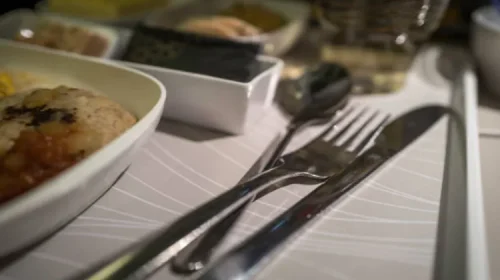We’d all like to imagine that students love to be at school and love to learn more, but most often, that is not the case. As teachers, we generally have to compete with day dreams, cell phones, iPods, peers, and any speck of dust flying around in the air for student attention. If you’re a teacher, you’re no stranger to the sound of crickets as you ask a question and disappointingly low test scores when you know you’ve gone over the material over and over. Often times, it’s just a matter of grabbing students’ attention in the right way and getting them to cooperate. Here are some ways that I have found that help to motivate students to participate in class and learn material, even if they don’t realize it. The Class Store

As a teacher of sometimes difficult, reluctant learners I’ve found that sometimes extrinsic motivators are a good start. I have many students that are just not concerned about grades, disciplinary measures, or parent involvement. It’s an almost impossible situation at times. So, how do you motivate kids who seem to have no motivators? The simplest thing is candy. I know that bribery is not always smiled upon, but I’ve found it has great success with kids who would otherwise not care. Now, I’m not just throwing candy at my students left and right. This would become less motivation and more of an expected behavior, not to mention expensive. Instead, I use a class store. My students earn points for class participation. I hand out points when they answer questions, correct starters, come to class on time, etc. I also subtract points for tardies, disruptions, etc. Every month we have a store where the students get to buy candy and trinkets with the points they’ve earned. I include things like pencils, erasers, candy, notebooks, etc. Surprisingly, the pencils are always the first to go. I find that doing this helps even the least motivated students participate in class and learn the material without even realizing it. I’ve had a lot of success with this idea.
The Drawing
Another variation on the store would be to have a class drawing where students get tickets for good behavior, participation, etc, and place it in a box or jar. Teachers can have a weekly or monthly drawing for prizes. These prizes don’t necessarily have to be candy or toys, but could be late passes, homework coupons, or coupons to the school store. It depends on the students. I find that the higher achieving students appreciate extra credit or late passes over candy.
Notes Home
Candy and prizes are great, but there’s not really a replacement for praise. A good thing to do, especially for more difficult children, is to send little notes home that show appreciation for the students. I’ve found that sending a note about good things the student did is often a great way to get a student on your side. Parents also appreciate this. This is especially effective with difficult students, who are often getting negative feedback from school in the mail or on the phone. This wears on students and parents. If you can take the time to send a card home telling about good things the student is doing, it will make both the student and their parents happy and help a student have more motivation to show up and care in your class.
Game Day
Another good motivator for a lot of students is games. It doesn’t matter if it’s academic in nature or not, students just love to play games. If you use games as a motivator, often students will cooperate and pay attention. You could have it as a reward at the end of the week that you’ll play a review game if everyone is on time all week or if everyone completes an assignment. The game can have something to do with the material you are studying and the students will participate in class and learn from the game in the end.

These are just a few ideas of helping students stay motivated in the classroom. These ideas can also stretch into the home for things like chores and homework. Students don’t always like to sit down and learn, but with a little imagination, you can come up with ways to get them active in the classroom.




